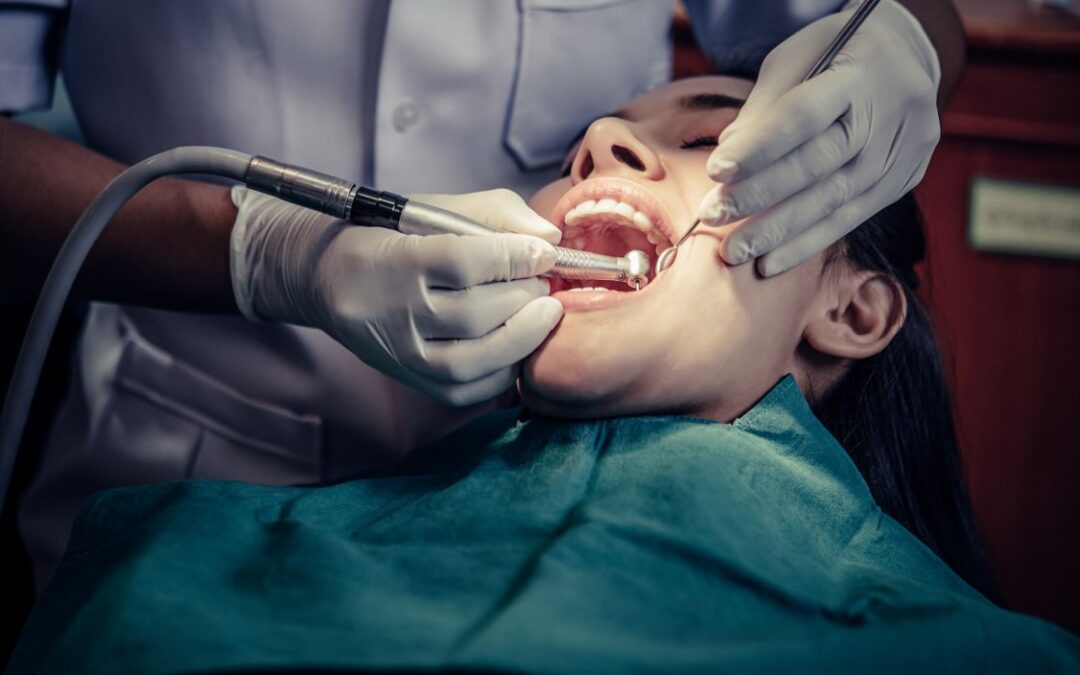Tooth extraction is a common dental procedure performed to remove damaged, decayed, or impacted teeth. Whether you’re undergoing a simple extraction or a surgical one, it’s important to follow post-operative care guidelines to ensure proper healing. One of the most common questions patients ask is whether they can resume their regular workout routine after a tooth extraction. In this guide, we’ll explore the impact of exercise on healing, the recommended timeline for resuming physical activity, and key precautions to take.
The Importance of Rest After a Tooth Extraction
After a tooth extraction in Scottsdale, your body needs time to heal. Exercise increases blood circulation and heart rate, which can disturb the blood clot that forms in the extraction site. This clot is essential for proper healing and protecting the exposed bone and nerves. Disrupting this clot can lead to a painful condition called dry socket, which significantly delays recovery and requires additional treatment.
When Can You Resume Exercise?
The timeline for resuming exercise varies depending on the complexity of the extraction and your individual healing process. Here’s a general guideline:
- First 24-48 Hours: Avoid any physical activity, including light workouts, as it can increase bleeding and swelling.
- 3-5 Days Post-Extraction: Light activities such as walking may be permitted, but any strenuous movement should still be avoided.
- 1 Week Post-Extraction: Most patients can gradually return to moderate exercise, provided they listen to their bodies and do not experience pain or discomfort.
- 2 Weeks and Beyond: If healing progresses well, you can resume more intense workouts, including weightlifting and high-impact cardio.
If you experience prolonged bleeding, swelling, or pain while resuming activity, it’s best to consult a family dentist in Scottsdale for guidance.
How Exercise Can Affect Healing
Engaging in strenuous activities too soon after a tooth extraction can lead to complications, such as:
- Increased Bleeding: Exercise raises blood pressure, which can cause excessive bleeding at the extraction site.
- Delayed Healing: The body needs energy to heal the wound, and overexertion can slow down the process.
- Dry Socket Risk: The suction force from high-intensity workouts, such as heavy lifting or vigorous cardio, can dislodge the protective clot.
Tips for a Safe Return to Exercise
If you’re eager to get back to your fitness routine, follow these precautions to ensure a smooth recovery:
- Start Slow: Begin with gentle activities like stretching or short walks before engaging in higher-intensity workouts.
- Stay Hydrated: Drink plenty of water but avoid using straws, as the suction can dislodge the clot.
- Monitor Symptoms: If you feel pain, dizziness, or excessive swelling, stop exercising and rest.
- Maintain Oral Hygiene: Brush and rinse gently with salt water to prevent infections but avoid vigorous rinsing.
- Consult Your Dentist: Before resuming strenuous activities, check with your orthodontist near me in Scottsdale to ensure your mouth is healing properly.
Signs That You Should Wait Longer
If you notice any of the following symptoms while trying to resume exercise, it’s best to delay further physical activity:
- Persistent or excessive bleeding
- Severe pain or throbbing at the extraction site
- Swelling that doesn’t subside
- Signs of infection, such as pus or fever
Final Thoughts
Exercise is an important part of a healthy lifestyle, but it’s crucial to allow your body adequate time to recover after a tooth extraction in Scottsdale. Following your dentist’s recommendations, taking it slow, and listening to your body will help ensure a safe and smooth healing process. If you have concerns or complications, don’t hesitate to reach out to your dentist for professional advice.

